When our oldest daughter, Reagan, was a baby, I had every intention of teaching her sign language. I had researched the benefits, both for parents and children, and was excited to go down that road. But then life happened, sleepless nights and other duties prevailed, and we never pursued it further.
Our middle daughter, Reese, was the game changer. We found out on her birthday in September 2011 that she had Down syndrome along with a congenital heart defect. We were flooded with emotions at the unexpected news, and the fear of the unknown was overwhelming. In an attempt to tame that fear, I scoured the internet and our local library for any information regarding Down syndrome. I was bombarded with info, some good and some bad, but focused on the things we could do to potentially improve Reese’s quality of life.
This is where sign language enters our story. I won’t bore you with all the science and research regarding sign language and Down syndrome, but if you’re interested in learning more, here are a few links to get you started:
Signing and Lexical Development in Children with Down Syndrome
The Development of Communication
Down Syndrome and Sign Language Benefits
The gist: Sign language is gaining popularity in the special needs community. Children with Down syndrome typically have speech delays, some more severe than others, and quite often their expressive language is slower to develop than their receptive language. Simply put, children with Down syndrome understand everything being said but have difficulty expressing themselves.
Obviously this disparity can cause frustration for both the child and his/her parents so other forms of communication are often used to bridge that gap, sign language being one. While some professionals may argue that sign language will further delay speech, studies suggest the exact opposite. After doing the research and consulting with our own Speech Language Pathologist who is a huge proponent of sign language, we decided to take the plunge.
Many resources exist for teaching sign language to children and we chose the Signing Time series for multiple reasons. Kids with Down syndrome are visual learners and this series is very visually appealing. The content is animated and set to music, which makes it quite catchy and fun, and the written word is paired with each sign which also helps with sight word recognition.
When Reese was just a few months old, we started playing the Baby Signing Time DVDs in the background during play time. Although Reese was not at all interested at first, Reagan and I quickly picked up some basic signs and started incorporating them into daily life.
When Reese was nearing a year old, she began showing interest in the content and started attempting simple signs like “more” and “baby”. Over the next few months both her interest and vocabulary increased and we kept introducing new content. She began signing along to books and songs and began expressing her needs in the form of signs. It was opening up a brand new line of communication for us – and it was fun!
Reese signing some colors at 2 years of age in April 2015
Reese working some opposites in April 2016
As Reese’s dexterity and cognition both improved, she was able to master trickier signs and could more easily pair signs with her speech.
Questions in December 2016
Reese was essentially nonverbal for the first three years of her life. She could imitate sounds and said a few basic words with some prompting, but she relied on sign language and gestures for most of toddlerhood. As is common with many kids with Down syndrome, her speech exploded in her third year of life. And, as a result, she has dropped many of her signs but she still signs for emphasis and when we are having trouble understanding her speech. She still loves the process of learning new signs so we continue to visit a variety of sign language websites with a goal of mastering 2-3 new signs a week. As long as it remains fun for her, we will continue to learn.
Little did I know that our foray into signing would be so beneficial years down the road. We recently adopted a little girl with Down syndrome from China and sign language has become her primary mode of communication. Hazel is five and has been home since March 2016. According to her orphanage, she was making significant progress with speech in the months leading up to the adoption so I was optimistic the progress would continue once home.
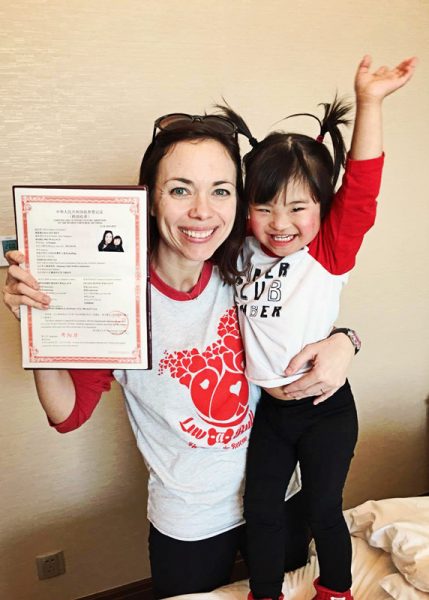
Although her receptive language developed quickly and she clearly understands most everything we say in English, her spoken English is very slow to emerge. Mandarin (her native language) and English are quite different and she has a hard time even articulating the sounds used in our speech. I was a bit concerned over her lack of progress initially, but her SLP gently reminded me that her brain processed nothing but Mandarin for her first five years of life and it will take time to for those synapses and motor plans to form. I found this article helpful in understanding some of the difficulties in transitioning from Mandarin to English, and am confident Hazel will progress at her own adorable pace.
I began signing with Hazel while we were still in China. I incorporated simple signs into our daily communication and we watched Signing Time together on the iPad. She was a quick study and began imitating signs right away. She quickly realized this was an effective way to communicate with me and was eager to learn more when we came home. She has developed a large signing vocabulary and currently communicates primarily through sign and gestures as her English emerges. Her signs aren’t perfect, I think partly because she’s impatient and partly because her fine motor skills are still developing, but her signs are consistent and that’s all that matters.
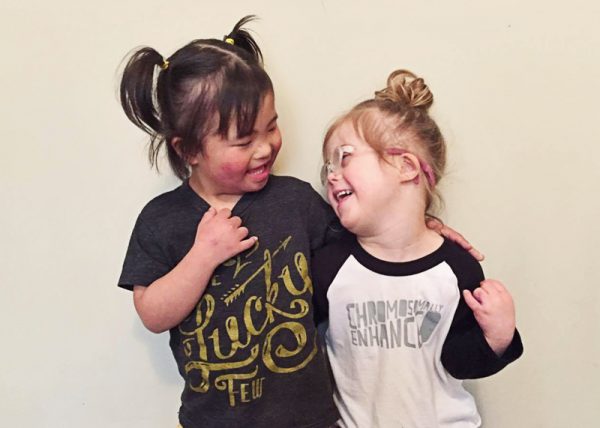
As long as she can make her needs and wants known, I don’t need perfection. Sign language experts will echo that sentiment, and discourage parents from constantly correcting approximations as long as the signs are consistent.
Hazel, 2 months home in May 2016
Hazel, 4 months home in July 2016
Hazel, 7 months home in October 2016
Sign language has blessed our lives tremendously and has helped alleviate the frustration that often accompanies raising a child with a speech delay. Reese and Hazel both love to sign. It has boosted both communication and confidence and has been a wonderful bonding tool for our family. We get numerous messages from parents inquiring about sign language for their new, or not so new, child with Down syndrome and whether or not it’s an investment in both time and money worth taking. I think the proof is in our testimonial and the testimonials from parents just like us.
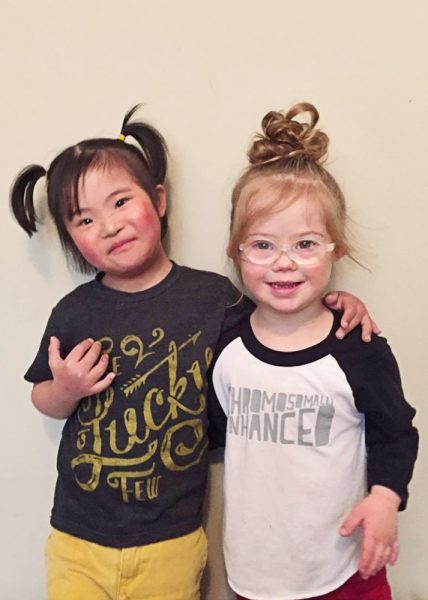
Here’s Reese with an important message to kick off DS Awareness Month (from October 2015).
My advice: Take the plunge – you won’t regret it!
Happy Down Syndrome Awareness Month!
– guest post by Nicole: instagram || facebook




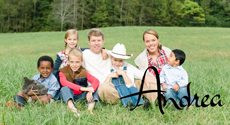


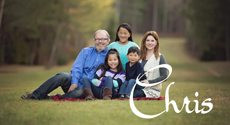






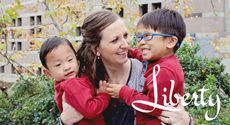
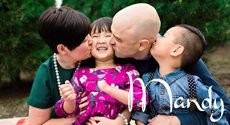









We have 2 children that are non verbal both with different diagnoses and 1 on the way that has down syndrome. We have really started working on sign language. They seem to be really picking it up well. I know it is so frustrating for them.It is amazing how love and patience and learning how each individual child learns is so very important. Thank you for sharing
What a great article. We love hearing success stories. We are so glad you chose Signing Time! Thank you for signing for us! We will be giving your blog a shout out on our blog.
ASL-supported English/reading resource
Hope you’ll watch, enjoy, and share!
Multiple-meaning word: “BREAK” used in different sentences
https://youtu.be/HAA9Z-tm9MY
Chris Wixtrom, Founder & President
ASL Access
YouTube: englishbyeye
Website: englishbyeye.org
FB: English by Eye
The English by Eye project is produced by the non-profit organization, ASL Access
(EIN 54-1887224)